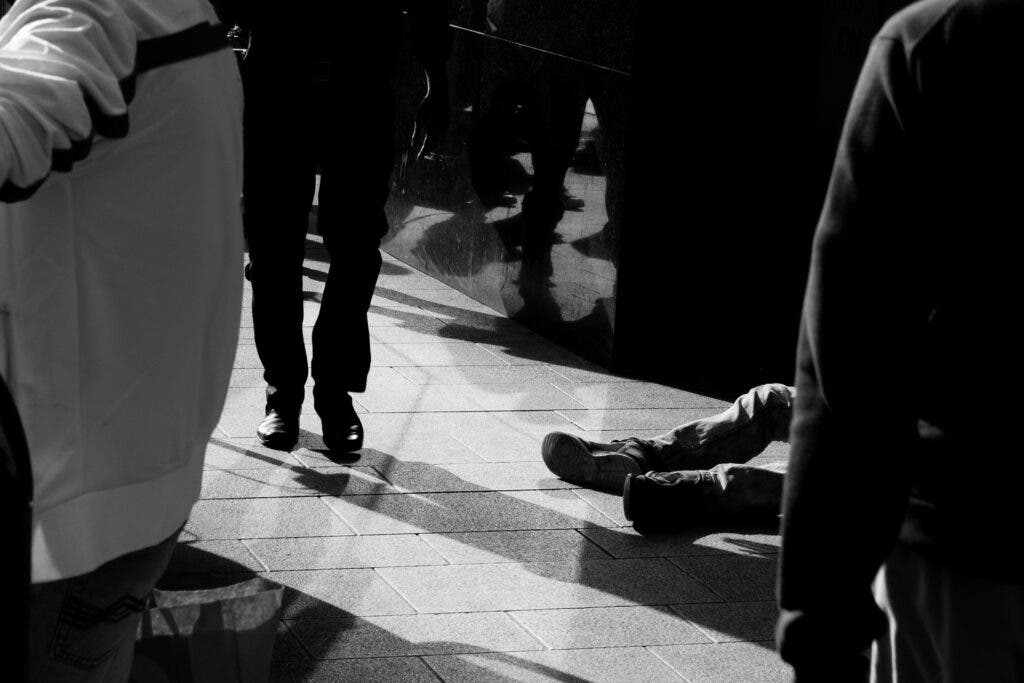New research at the Princeton University sheds light on how economic hardship and inequality can stoke polarization among social groups. According to the findings, such divisions keep festering even after financial conditions improve.

We’ve obviously been having a populist problem lately, and it is in no way limited to the US. A key driver of such movements has always been dissatisfaction with how things are being carried out right now, or feelings of anger at the perceived wrongdoings of the elites. But economic hardship also plays a large role in shaping such social woes. Worse yet, the divides seem to persist over time and promote inter-group conflicts.
Not enough to go around
“Times arise when national unity is needed, like we’re seeing now with COVID-19, but we shouldn’t wait for a public health crisis or war to bring people together” says Nolan McCarty, the Susan Dod Brown Professor of Politics and Public Affairs at the Princeton School of Public and International Affairs and lead author of the paper.
“Policymakers and those in government should act now by investing in and protecting social safety nets that can prevent widening social and political divisions.”
The paper explores the theory that social polarization (or ‘tribalism’) between different groups has the tendency to rise during times of economic hardship. Under this theory, overall economic decline, rising inequality, and social conflict come hand-in-hand.
McCarty, together with Alexander Stewart of the University of Houston and Joanna Bryson of the Hertie School in Berlin developed a computer model meant to test the theory. This was built starting from models meant to explore evolution and game theory, but the team designed it to look at people’s willingness to interact with members outside of their own social group. Based on the findings, the authors argue that strengthening our social safety nets can help reduce this type of social conflict.
All of this, however, hinges on a few assumptions that the team baked into their model. The first is that an individual’s economic standing is tied to both interactions with others as well as the general health of the economy. The second assumption was that people tend to take after successful people, mimicking their behavior — which can thus spread through large areas of the public. Lastly, they modeled in-group interactions to be generally less risky with lower rewards, and those with out-group individuals to be riskier and more rewarding.
What the team expected to see was a shift in preference from out-group interactions during good times to in-group interactions during times of economic hardship, as people hedge their bets and avoid risk. Overall, this would lead to a sharp decline in interactions across groups. The results matched their expectations.
Our understanding so far is that economic shocks tend to lead to a rising of far-right movements that cash in on public frustrations by vilifying other groups. High levels of inequality, on the other hand, work to favor groups on the left, who will seek wealth redistribution. However, the model didn’t find proof of these mechanisms — but it did find that all people, in general, become less likely to interact with members from other social groups when times get tough. This, in turn, leads to everyone getting poorer, as in-group interactions tend to generate less value.
“Rather than continue the unproductive debate over whether ‘economic anxiety’ or group conflict is most responsible for our deeply divided politics, scholars should spend more effort considering the debilitating feedback between economics and identity,” said McCarty.
The paper “Polarization under rising inequality and economic decline,” has been published in the journal Science Advances.


